Unveiling a Lost World: The Astonishing Discovery That Could Redefine Human Origins on the Arabian Peninsula
Imagine stumbling upon a place where humans kicked off the whole “settling down” thing—like, way back when jeans were still a twinkle in fashion’s eye. Meet Masyoun: a dusty old site perched on the Jabal al-Lawz mountains in Saudi Arabia, dating a jaw-dropping 10,300 to 11,000 years ago. That means it’s not just ancient; it’s ancient ancient—firmly planted in one of the earliest chapters of human civilization. Now, here’s a question for you: Did those early settlers ever dream their stone circles and crafty arrowheads would eventually spark debates thousands of years later? This discovery isn’t just about old rocks; it’s a ticket back to how humans swapped wandering for homebodies, trading wild hunts for fire pits and stone storage rooms. And trust me, their knack for socializing and trading with far-off pals might just put your neighborhood block party to shame. Ready to peer into the dawn of civilization and unravel mysteries older than your great-great-greats?
Known as Masyoun, this site is between 10,300 and 11,000 years old, placing it within one of the earliest phases of settlement in human history.
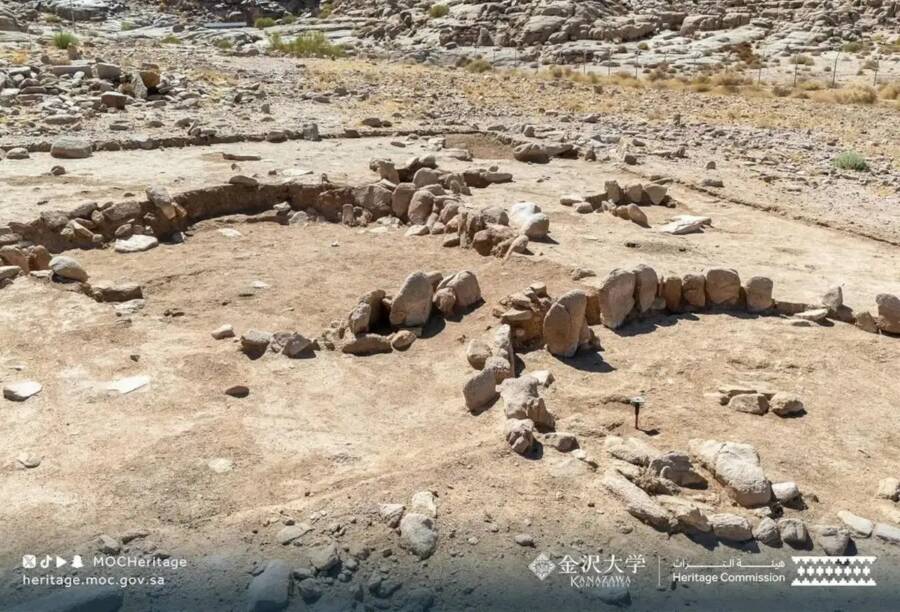
Saudi Heritage CommissionA view of the Masyoun site, which is located northwest of Tabuk City.
In the 1970s, archaeologists discovered a prehistoric site along the slopes of the Jabal al-Lawz mountains in Saudi Arabia. Now, a new analysis of that site has revealed that it was inhabited by humans at least 10,300 years ago, making it the oldest known settlement on the Arabian Peninsula.
This thrilling discovery has offered fascinating new insights into the lives of prehistoric people in the region, from the way they structured their societies to how they may have interacted with the outside world.
The Discovery Of The Prehistoric Settlement At Masyoun, The Oldest On The Arabian Peninsula
According to an announcement from the Saudi Press Agency, the discovery was made at the prehistoric site of Masyoun (also called Musaywin) through a collaboration of the Saudi Heritage Commission, Kanazawa University of Japan, and the NEOM development project. Though the site was first documented in 1978, it was only after a new round of excavations beginning in 2022 that archaeologists realized the site’s true age.
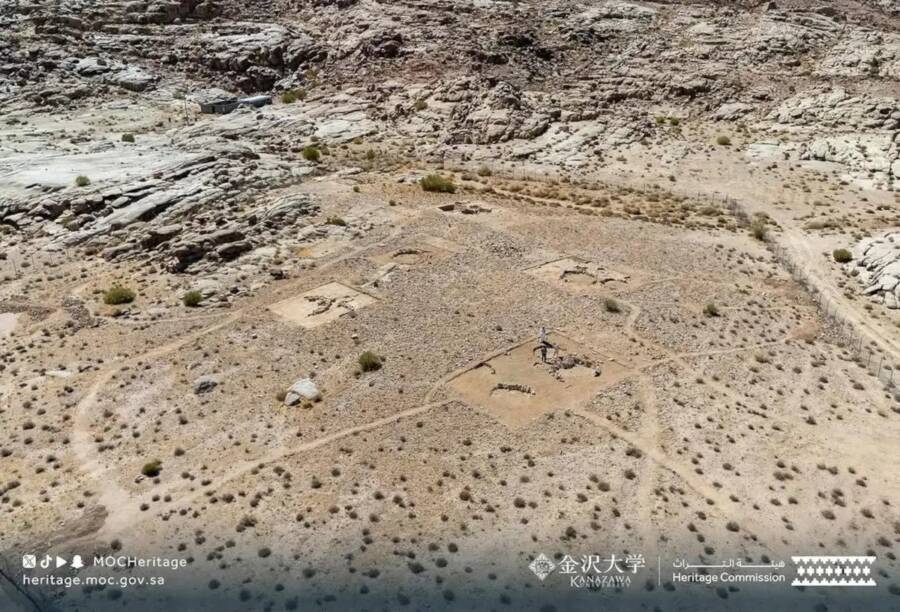
Saudi Heritage CommissionThe Masyoun settlement as seen from above.
Archaeologists now believe that the site is between 10,300 and 11,000 years old, placing it within an era known as the Pre-Pottery Neolithic period. Based on what they found at the Masyoun site, archaeologists also suspect that it was a permanent settlement inhabited on a long-term basis.
Researchers uncovered semi-circular stone structures where people once lived, surrounded by storage areas, passageways, and fire pits. Archaeologists also found stone tools at the site, including arrowheads, knives, and grinding stones, as well as more decorative items made from amazonite, quartz, and shells, suggesting that the settlement’s inhabitants produced crafts as well as tools.
Amidst these finds, archaeologists additionally uncovered Neolithic human skeletons, whose burial patterns reflect prehistoric funerary practices in the region.
Masyoun’s Place In The Middle East During The Pre-Pottery Neolithic Era
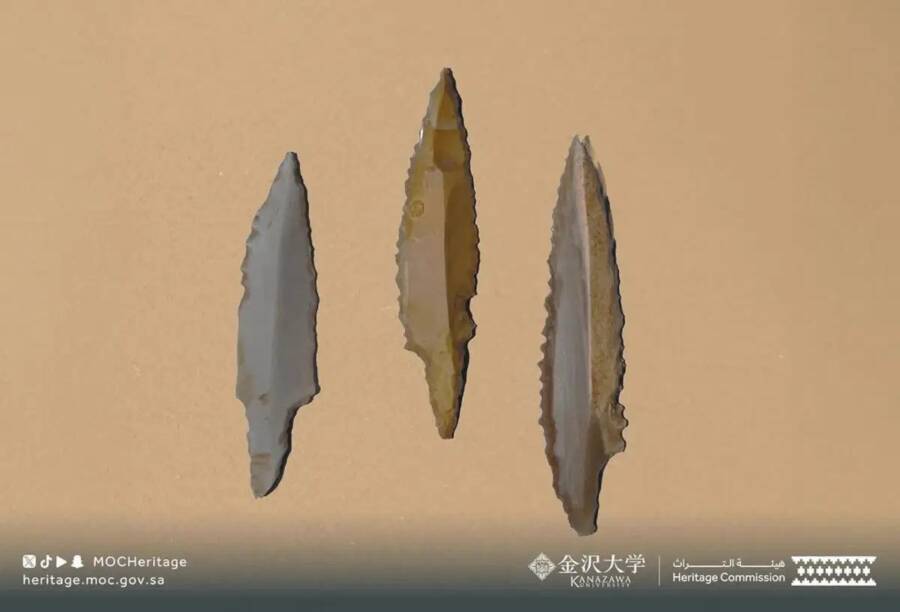
Saudi Heritage CommissionAn example of some of the tools that were uncovered at Masyoun.
Not only is the site at Masyoun the oldest known settlement on the Arabian Peninsula, but it’s full of fascinating insights about how prehistoric societies in the region functioned.
Located on the slopes of Jabal al-Lawz, more than 1,000 feet above sea level, the settlement was seemingly chosen with great intention. Its advantageous location offered its prehistoric inhabitants easy access to water, vegetation, and wild animals for hunting.
The settlement itself was also designed with great care, with areas designated for food storage, and stone dwellings suggesting that it was more of a permanent settlement than a camp.
What’s more, some of the items at the camp were made of non-local materials, suggesting that the people of the Masyoun settlement had far-off contacts with whom they could trade various items.
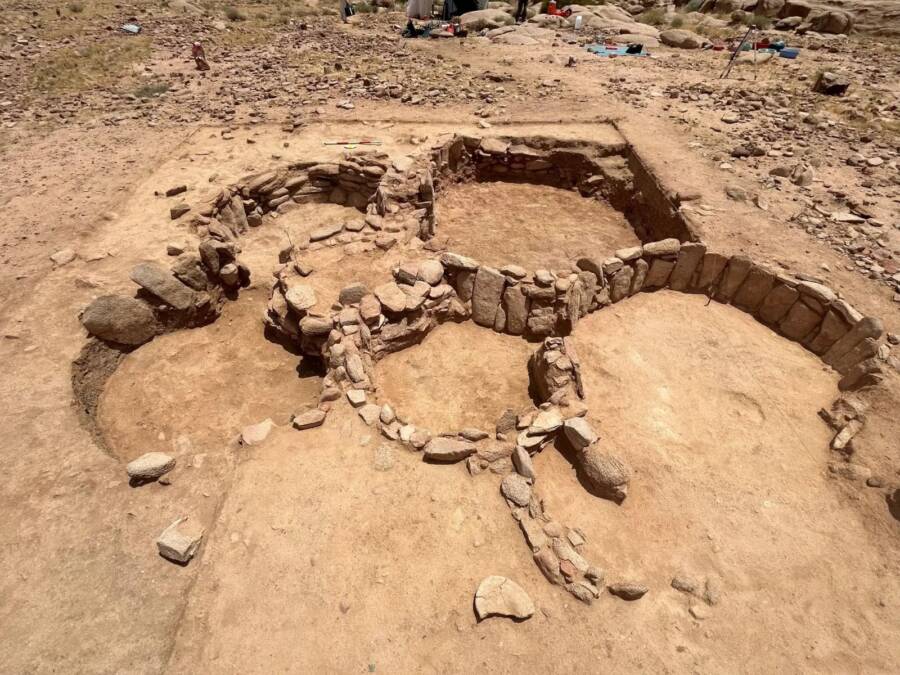
Saudi Heritage CommissionThe settlements found at the site were made of stone and laid out in a deliberate way, suggesting that Masyoun was not just a camp but a settlement where Neolithic people lived on a permanent basis.
The settlement thus offers new insights into the Pre-Pottery Neolithic, which began some 11,600 to 10,200 years ago, and was an era of transition between hunter-gatherer societies and more permanent settlements. Importantly, societies during this era began to focus on producing and maintaining resources, in order to settle more permanently at a site, instead of moving from place to place as hunter-gatherers.
This resulted in important social changes, as people began living longer together, sharing responsibilities for the production and storage of food in their settlements. One of the most well-known Pre-Pottery Neolithic settlements is Gobekli Tepe in Turkey, built between 9500 and 8000 B.C.E.
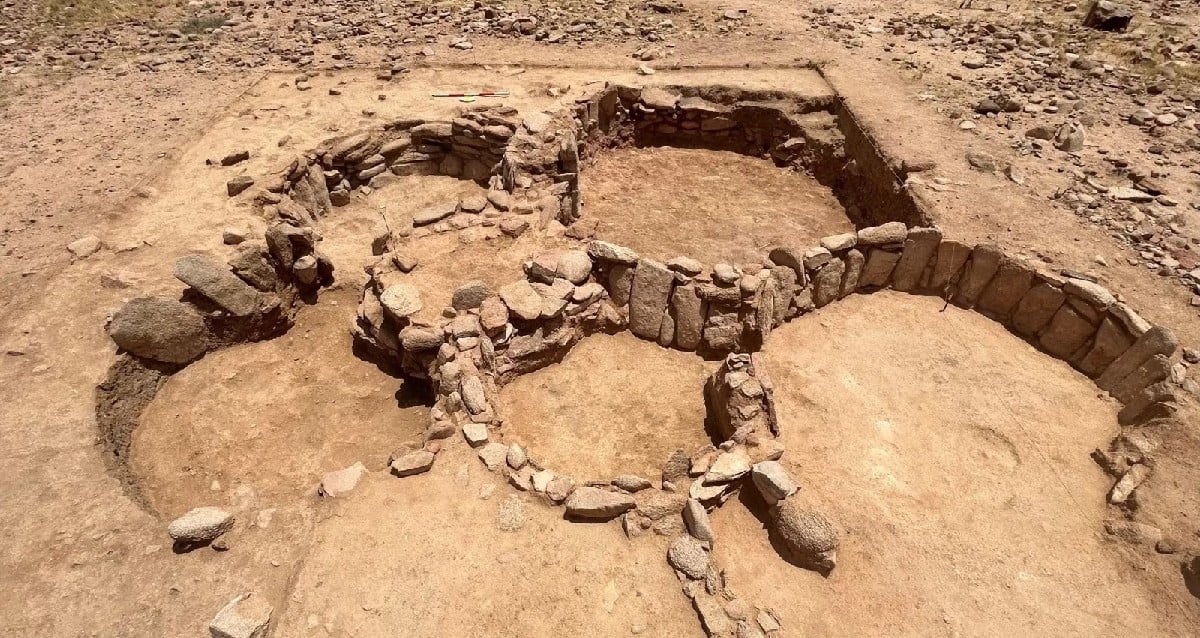


















Post Comment